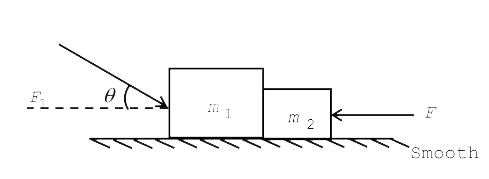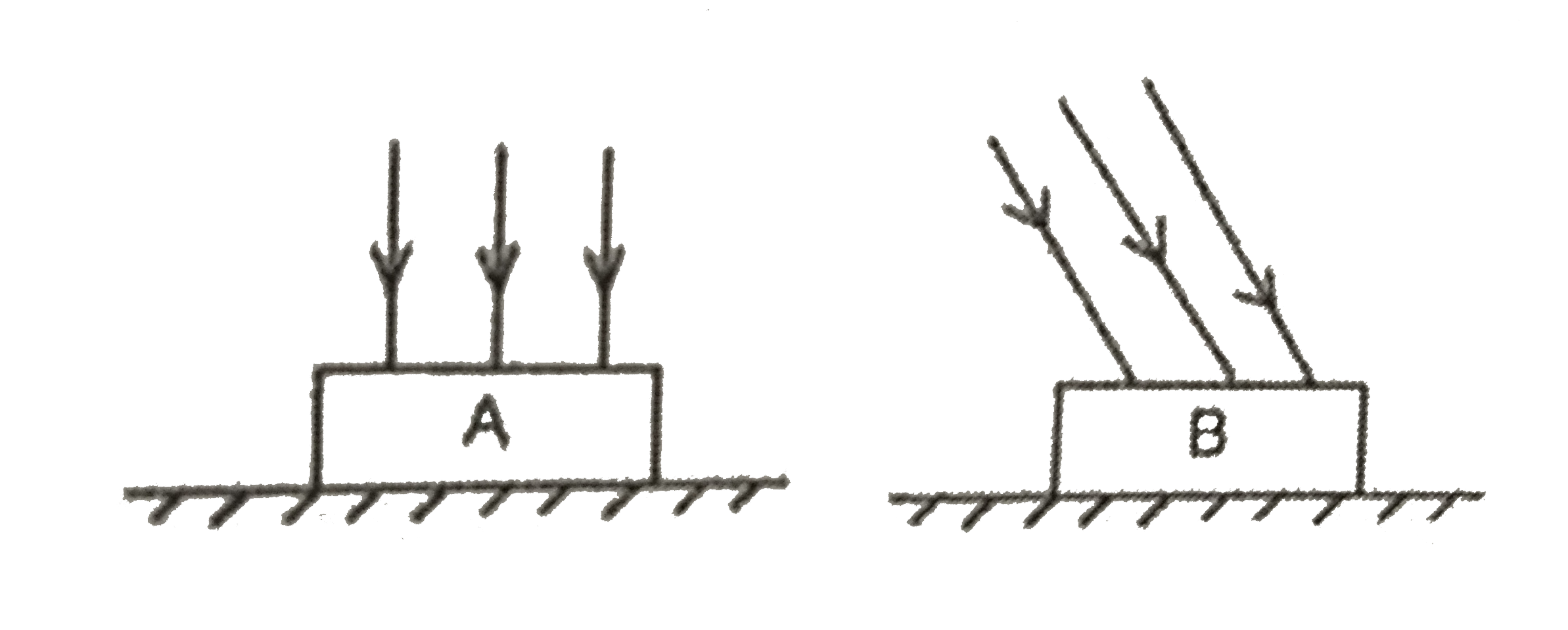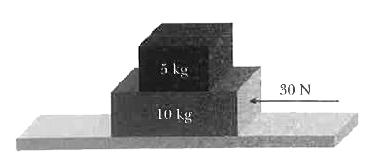The force responsible for the union of two ice blocks as a single block is
Vanderwaals force
Hydrogen bonds
dipole interaction
vanderwaals repulsion
The correct Answer is:B
Intermolecular H - bonding is formed between H2O molecules.
Topper's Solved these Questions
- CHEMICAL BONDING AND MOLECULAR STRUCTUREBOOK - NARAYNACHAPTER - CHEMICAL BONDING AND MOLECULAR STRUCTUREEXERCISE - EXERCISE - II (H.W.) (OCTET RULE)
3 Videos
- CHEMICAL BONDING AND MOLECULAR STRUCTUREBOOK - NARAYNACHAPTER - CHEMICAL BONDING AND MOLECULAR STRUCTUREEXERCISE - EXERCISE - II (H.W.) (IONIC BOND AND LATTICE ENERGY)
6 Videos
- CHEMICAL BONDING AND MOLECULAR STRUCTUREBOOK - NARAYNACHAPTER - CHEMICAL BONDING AND MOLECULAR STRUCTUREEXERCISE - EXERCISE- II (C.W.) (MOLECULAR ORBITAL THEORY)
12 Videos
- CARBONYL COMPOUNDSBOOK - NARAYNACHAPTER - CARBONYL COMPOUNDSEXERCISE - LEVEL -VI
99 Videos
- CHEMICAL EQUILIBRIUMBOOK - NARAYNACHAPTER - CHEMICAL EQUILIBRIUMEXERCISE - Exercise -IV
33 Videos
Similar Questions
Two forces are applied on a system of blocks as shown. The block remains in equilibrium on the smooth surface. Then choose the correct option(s).

View SolutionTwo forces are applied on a system of blocks as shown. The block remains in equilibrium on the smooth surface. Then choose the correct option(s).

View Solution
Knowledge Check
A 5.00-kg block of ice is sliding across a frozen pond at 2.00 m/s. A 7.60-N force is applied in the direction of motion. After the ice block slides 15.0 m, the force is removed. The work done by the applied force is
A−114JB−735JC+19.7JD+114JThe sun's rays are falling on two identical ice blocks as shown in the figure Then
 Ablock a starts melting firstBblock b starts melting firstCboth starts melting at the same timeDcannot be campared
Ablock a starts melting firstBblock b starts melting firstCboth starts melting at the same timeDcannot be camparedThe sun's rays are falling on two identical ice blocks as shown in the figure Then
 Ablock 'A' starts melting first.Bblock 'B'starts melting first.Cboth starts melting at the same time.DCannot be compared
Ablock 'A' starts melting first.Bblock 'B'starts melting first.Cboth starts melting at the same time.DCannot be compared
These questions consists of two statements each printed as Assertion and Reason. While answering these question you are required to choose any one of the following four responses
Assertion In the system of two blocks of equla masses as shown, the coefficient of friction between the blocks (μ2) is less than coefficient of friction (μ1) between lower block and ground. For all values of force F applied on upper block, lower block remains at rest.
Reason Frictional force on lower block due to upper block is not sufficient to overcome the frictional force on lower block due to ground.

View SolutionThese questions consists of two statements each printed as Assertion and Reason. While answering these question you are required to choose any one of the following four responses
Assertion In the system of two blocks of equla masses as shown, the coefficient of friction between the blocks (μ2) is less than coefficient of friction (μ1) between lower block and ground.

For all values of force F applied on upper block, lower block remains at rest.
Reason Frictional force on lower block due to upper block is not sufficient to overcome the frictional force on lower block due to ground.
View SolutionThe metal blocks A and B of masses 2 kg and 1 kg , respectively are in contact on a frictionless table A constant horizontal force of 3 N is applied to the block A . Calculate the force of constant between the two blocks . If the same force is applied to the block B then what will be the force of contact ? Can you explain the difference ?
View SolutionThe friction coefficient between the blocks is μ. If force F is applied on the lower block , analyse motion of two blocks.

View SolutionTwo blocks rest on a horizontal frictionless surface as shown in the figure. The surface between the top and bottom blocks is roughened so that there is no slipping between the two blocks. A 30-N force is applied to the bottom block as suggested in the figure.

What is the magnitude of the force of static friction between the top and bottom blocks?
View Solution
